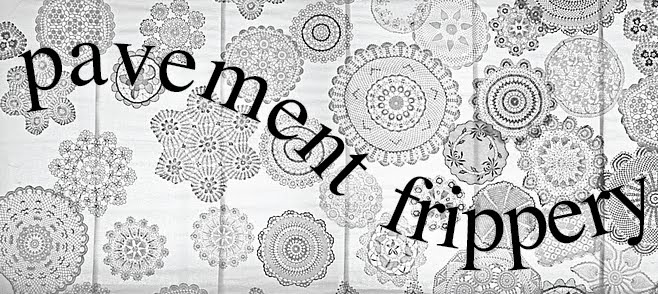Lost In Translation is my least favourite Sofia Coppola film, but a thought just occurred to me, and - zero overstatement ahead - it changes
everything.
Said thought concerns the hotel lobby exchange between Charlotte, her husband John, and Kelly the starlet. Coppola denies it, but it definitely feels like John and Kelly were based on the director's ex-husband, Spike Jonze and his erstwhile leading lady, Cameron Diaz, respectively. That would make Sofia, Charlotte, geddit? That was an aside though. What matters is this:
Kelly: But listen, let's all go out for a drink sometimes. Yeah?
John: Yeah, yeah.
Kelly: You know, call me, okay?
John: Yeah, okay.
Kelly: Alright. Listen, I'm under Evelyn Waugh. Shh, okay?
Charlotte: [after Kelly leaves] Evelyn Waugh? Evelyn Waugh was a man.
John: Oh, come on, she's nice. What? You know, not everybody went to Yale. It's just a pseudonym, for Christ's sake.
Fasten your seatbelts folks, here's my (decade in-the-making) revelation: Evelyn Waugh's first wife
was also called Evelyn. As in,
her name was also Evelyn Waugh.
Does my excessive use of italics impress upon you the immense importance of this realisation?
What does it all mean!? Is Charlotte not only a snob but a dumb snob too? What does that make Sofia?Is Coppola making a wider statement about the lack of recognition comedic actresses in Hollywood receive? That the kind of comic precision seen in the performances of Anna Faris, Cameron Diaz, Kate Hudson, Anna Kendrick and their ilk, performances that often result in box office succes but seldom attract critical praise (nor, indeed, attention), reveals a certain genius?
Probably not, ay. Well goddamnit, I didn't get pummeled for five years by the NSW Board of Studies English Syllabus just to NOT project my own views and feelings onto any given "text" I encounter.














